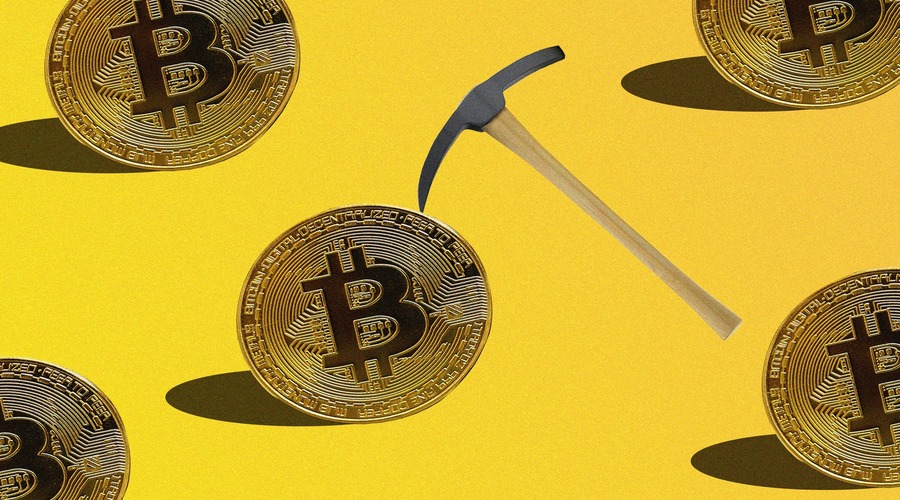
US Bitcoin ETFs Surpass $20 Billion in Net Inflows, Closing in on Satoshi’s Holdings
In a remarkable shift within the cryptocurrency landscape, U.S. Bitcoin exchange-traded funds (ETFs) have exceeded $20 billion in net inflows, marking a significant milestone for the digital asset market. This surge in investment highlights the growing institutional interest in Bitcoin and reflects a broader acceptance of cryptocurrency as a viable asset class. Notably, when excluding the substantial outflows from Grayscale’s Bitcoin Trust (GBTC), the net inflows for the so-called “Newborn Nine” Bitcoin ETFs exceed an impressive $40 billion. A New Era for Bitcoin ETFs The approval of multiple Bitcoin ETFs in the United States has transformed the investment landscape for cryptocurrencies. These funds have made it easier for both retail and institutional investors to gain exposure to Bitcoin without the complexities of managing private keys or wallets. As the appetite for Bitcoin continues to grow, these ETFs have become a popular choice, drawing in significant capital from investors seeking to capitalize on Bitcoin’s price movements. The recent inflow surpassing $20 billion is particularly noteworthy as it signifies a growing confidence among investors in the long-term potential of Bitcoin. With the ongoing interest in digital assets, this trend is expected to continue, potentially leading to even larger investments as market conditions evolve. Grayscale’s Impact While the overall inflow numbers are impressive, the analysis becomes even more intriguing when considering the massive outflows from Grayscale’s Bitcoin Trust (GBTC). Historically, GBTC has been one of the largest institutional vehicles for Bitcoin investment. However, in recent months, it has faced challenges, leading to significant withdrawals. Excluding these outflows reveals a stark contrast: the Newborn Nine Bitcoin ETFs, which include funds launched in recent years, are experiencing net inflows exceeding $40 billion. This indicates a robust demand for new Bitcoin investment vehicles, despite the struggles faced by more established options. Satoshi’s Holdings in Perspective The total amount of Bitcoin held by Satoshi Nakamoto, the pseudonymous creator of Bitcoin, is estimated to be around 1 million BTC. As U.S. Bitcoin ETFs continue to accumulate assets, they are gradually inching closer to this historic benchmark. The significance of this development cannot be overstated, as it symbolizes the maturation of the cryptocurrency market and the increasing institutional legitimacy of Bitcoin. Future Implications The implications of these growing inflows are profound. As more investors turn to Bitcoin ETFs, the demand for Bitcoin itself may increase, potentially driving up prices. Additionally, the entry of institutional capital into the cryptocurrency space signals a shift in market dynamics, with traditional finance recognizing the value of digital assets. Furthermore, this surge in inflows may lead to increased regulatory scrutiny as the market attracts more attention from policymakers. How regulators respond to the growth of Bitcoin ETFs and the broader cryptocurrency market will be critical in shaping the future landscape of digital assets. Conclusion The surpassing of $20 billion in net inflows for U.S. Bitcoin ETFs represents a significant turning point for the cryptocurrency market. With the exclusion of GBTC’s outflows revealing even higher net inflows, it’s clear that investor interest in Bitcoin is not waning. As these funds continue to gain traction, they may soon find themselves in a race to rival Satoshi’s legendary holdings. As the landscape evolves, all eyes will be on the Bitcoin market, watching how these developments shape the future of digital finance.

















